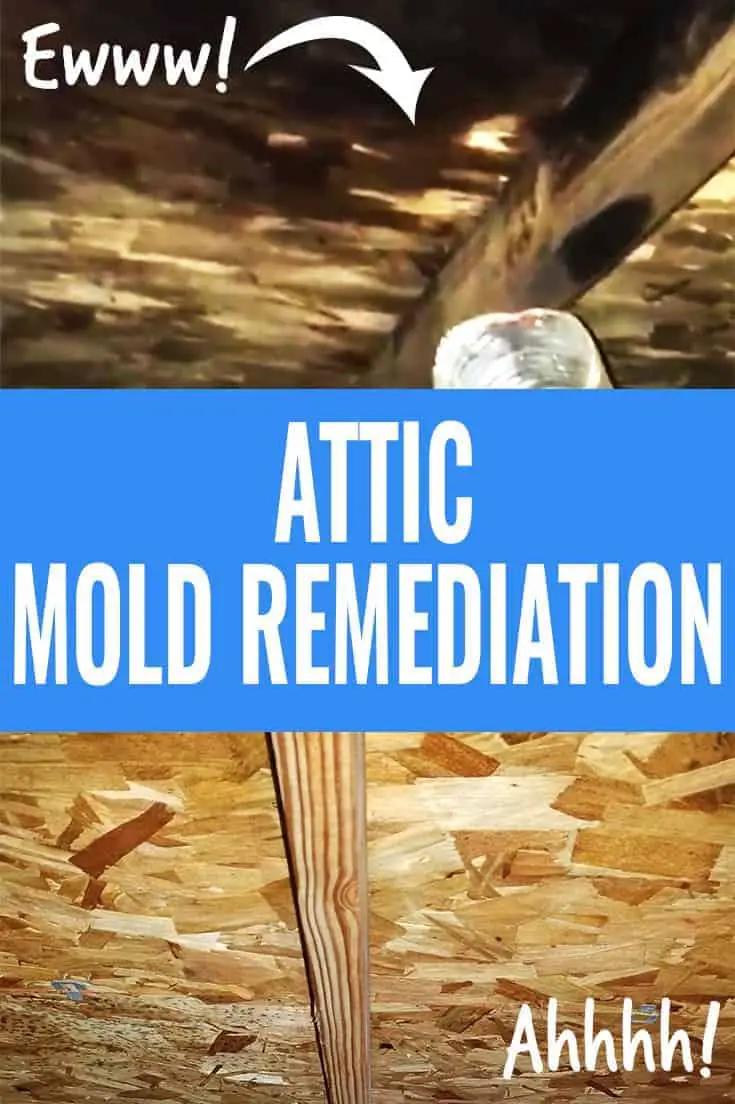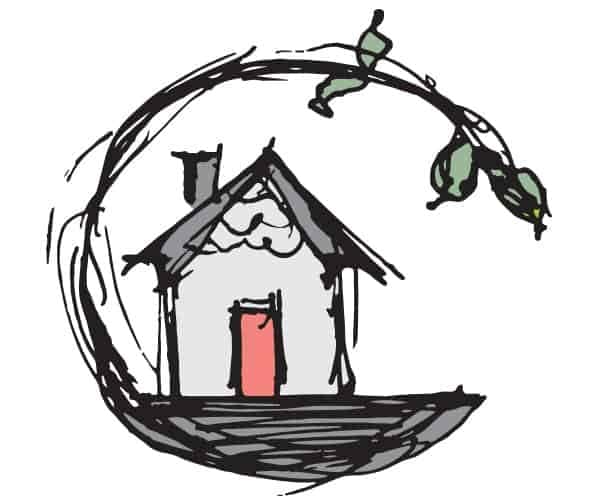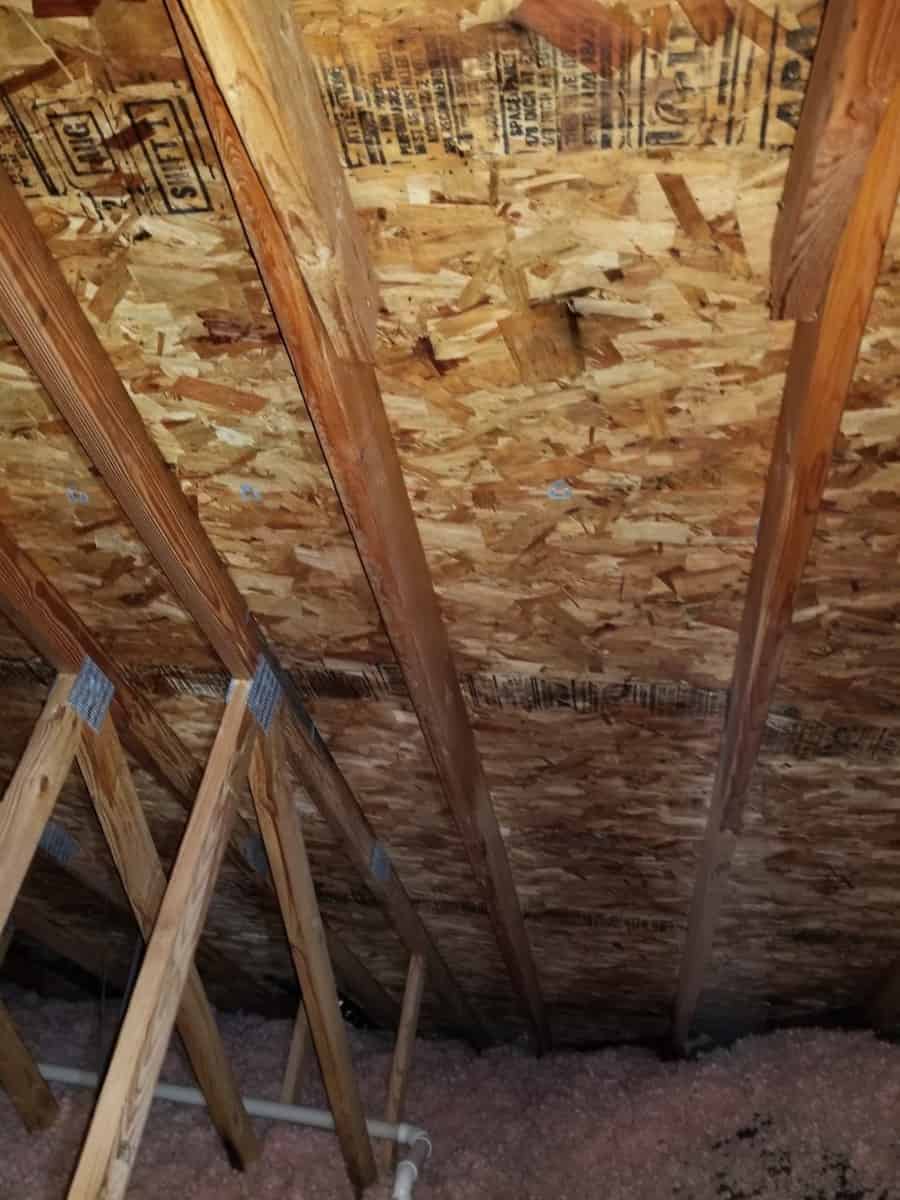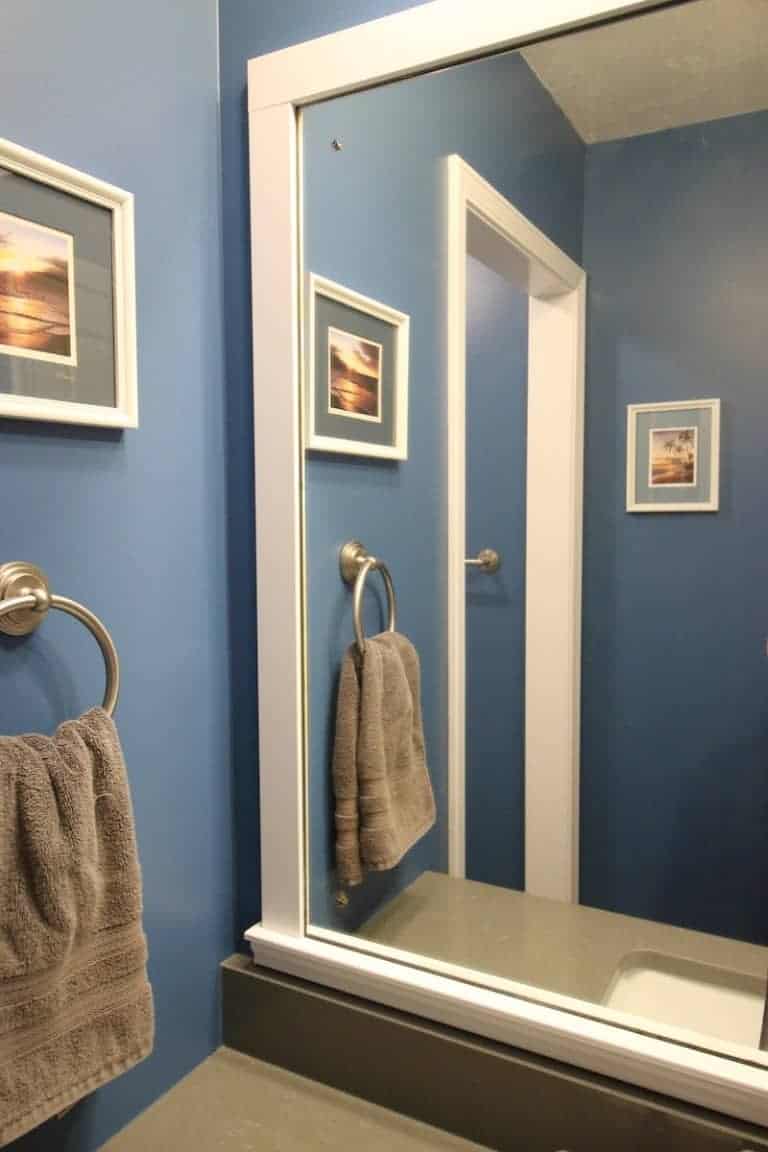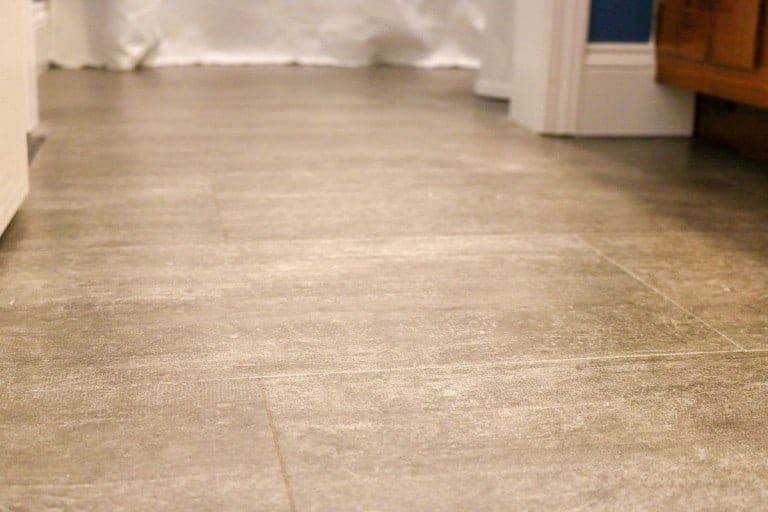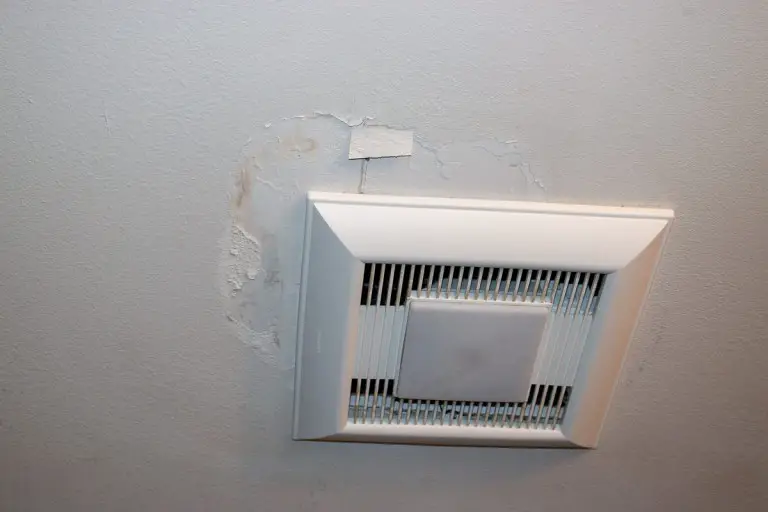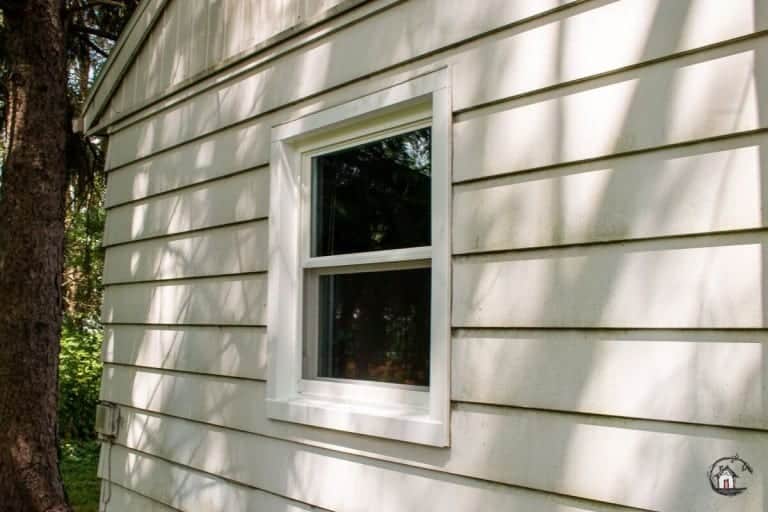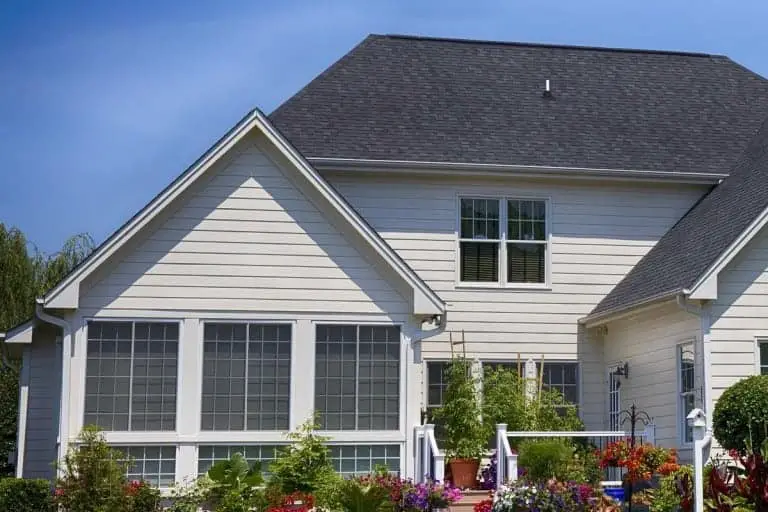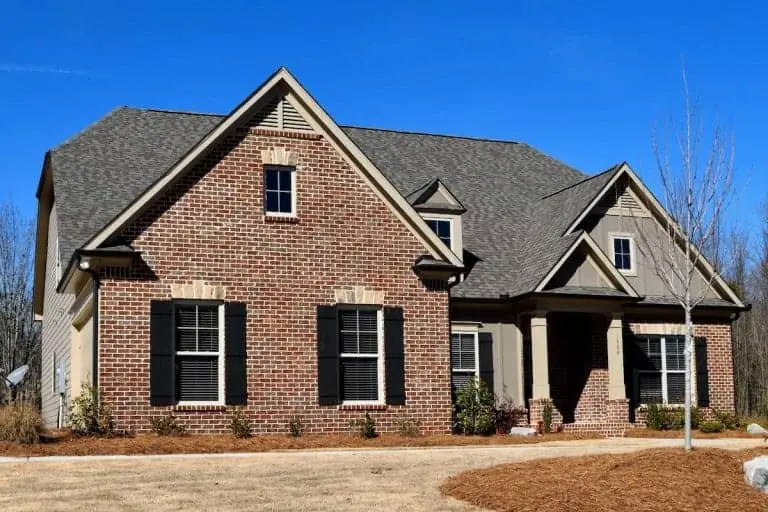My last three posts have dealt with the discovery of mold in our home’s attic. This is the final post in this series, and discusses the mold remediation process.
You can read the individual posts, or I can channel Inigo Montoya and say, “Let me sum up.” We had a roof leak. The roofing contractor discovered frost on the underside of the roof which meant the attic ventilation wasn’t working the way it should. Further investigation revealed extensive mold on the underside of the roof sheathing. The mold was due to bathroom exhaust fans venting directly into the attic, and a clogged roof ridge vent.
Here’s the video of the attic:
When I first saw that video, I felt like Seinfeld and the stinky car. I was ready to just leave the house keys and walk away.
If the mold was extensive enough, the entire roof would need to be replaced. That would have been bad. Very bad. While the mold was everywhere, the sheathing was still structurally sound. We were able to have mold remediation rather than ripping off the entire roof and sheathing.
What does mold remediation mean?
Mold remediation is the process of removing mold and affected materials, and preventing future damage from mold.
What causes mold in your house?
If you’re a germaphobe, you should probably jump to the next section. Mold spores are everywhere. There are hundreds of thousands, if not millions, of mold spores in every cubic foot of air. Just floating around. Looking for a place to grow.
Mold spores need moisture to grow. So, they like wet areas – especially dark, warm, wet areas. Like a basement or an attic. Or where there is a leak from a pipe or the roof. Keeping your house well maintained and dry will go a long way towards preventing mold growth.
In our case, the mold was caused by the bathroom exhaust fans and the lack of good attic ventilation. Now that those problems have been fixed, the mold should not return.
Calling in the Remediation Pro’s
This was definitely not a DIY kind of job. So, we hired Illinois Home Solutions to remediate the attic. They were very professional and did a great job removing the mold. The metal duct in this picture is the same one as in the video. It’s hard to believe that this is the same roof sheathing!
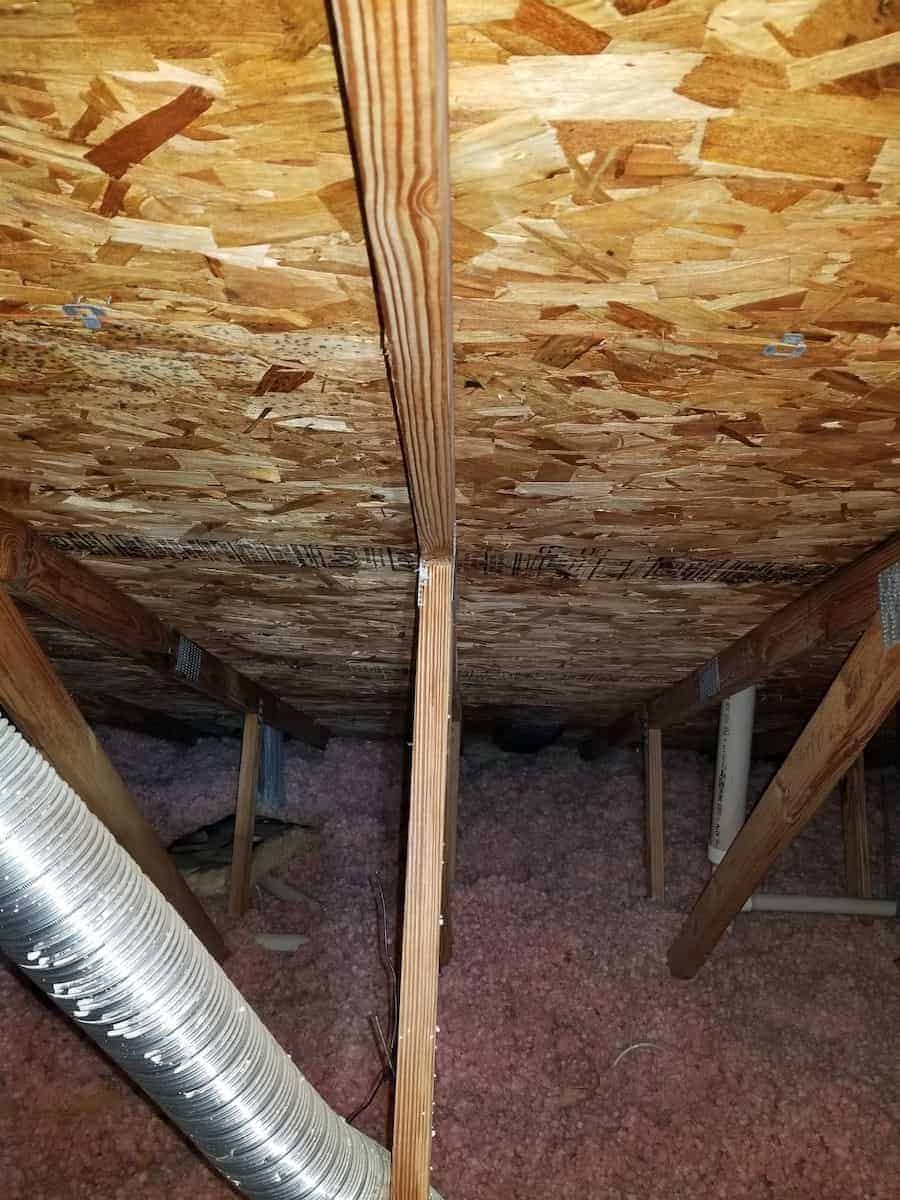
What is the process for mold remediation?
The basic process involves four steps: kill the mold, disinfect the surfaces, remove the mold residue, and apply antimicrobial barriers to prevent mold from returning. The entire process took about a day and a half, but they were not here all day. There were some times that they had to wait for things to dry.
Can I be home during mold remediation?
We were home during the entire process. I didn’t smell any harsh chemical odors, but it’s always a good idea to check with the company doing the work to make sure it’s ok to be in the house during remediation. And don’t forget about your pets’ safety.
What is the average cost of mold remediation?
According to HomeAdvisor, the average cost is $1K-4K. We had extensive mold in a 2,400 sf attic, so our price was a little higher than that average. But it was in line with the other quotes that I got. As usual, costs are going to depend on the individual attic size, shape and configuration, and extent of mold, as well as the location of the home.
Do I have to disclose mold remediation?
Yes. When selling a home, the seller has a “duty to disclose” problems that they are aware of. Once you remediate the mold and fix the underlying cause, you still need to let potential buyers know there was a problem.
I can’t tell you how happy I am to have all this done! Homeownership isn’t always fun, but now that everything has been fixed, it feels a little better. The exhaust fans are vented through the roof, we have a new ridge vent, and the mold is gone. As my husband likes to say, somebody is going to buy a really nice house from us one day.
I hope you never need it, but just in case, here’s the pin:
